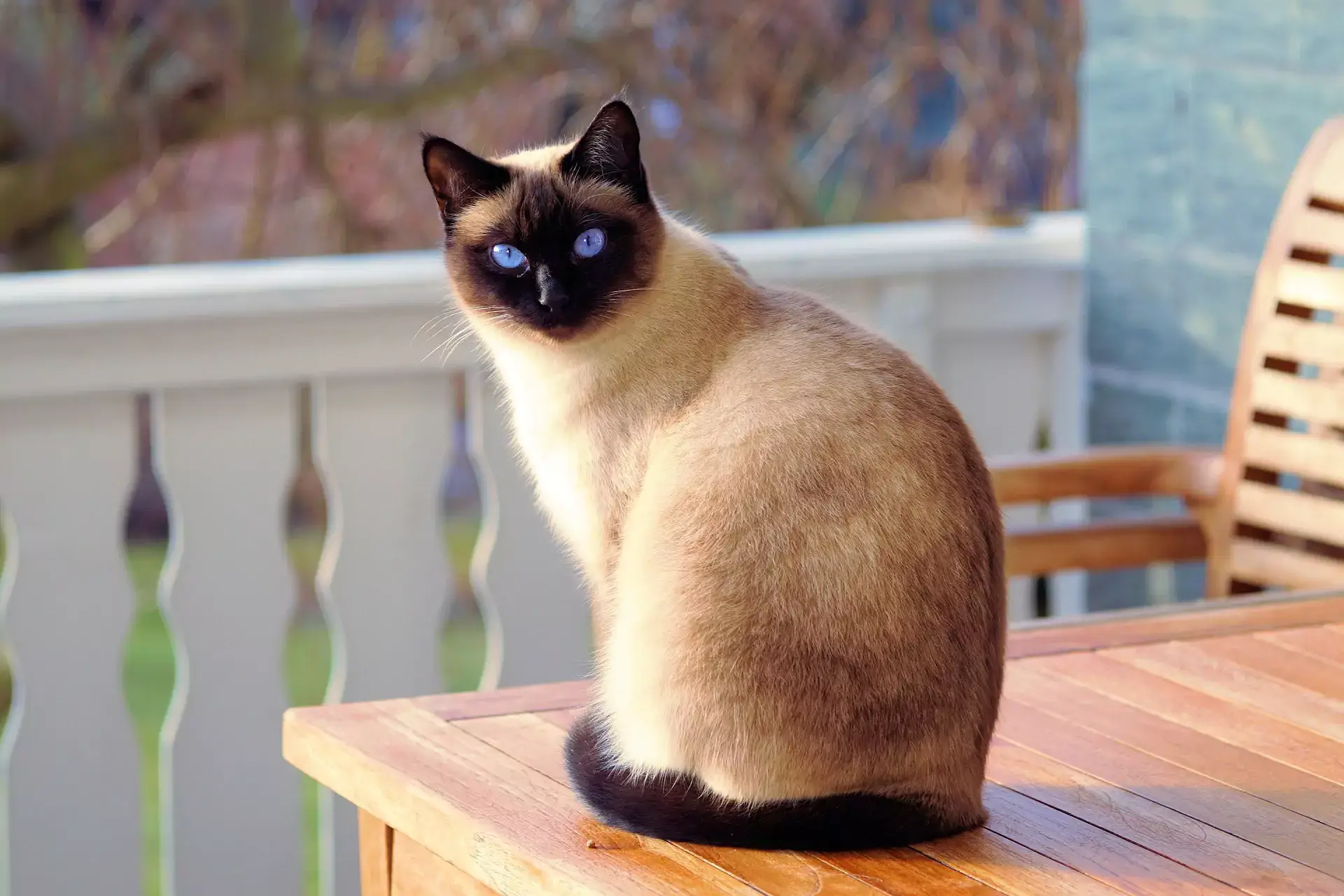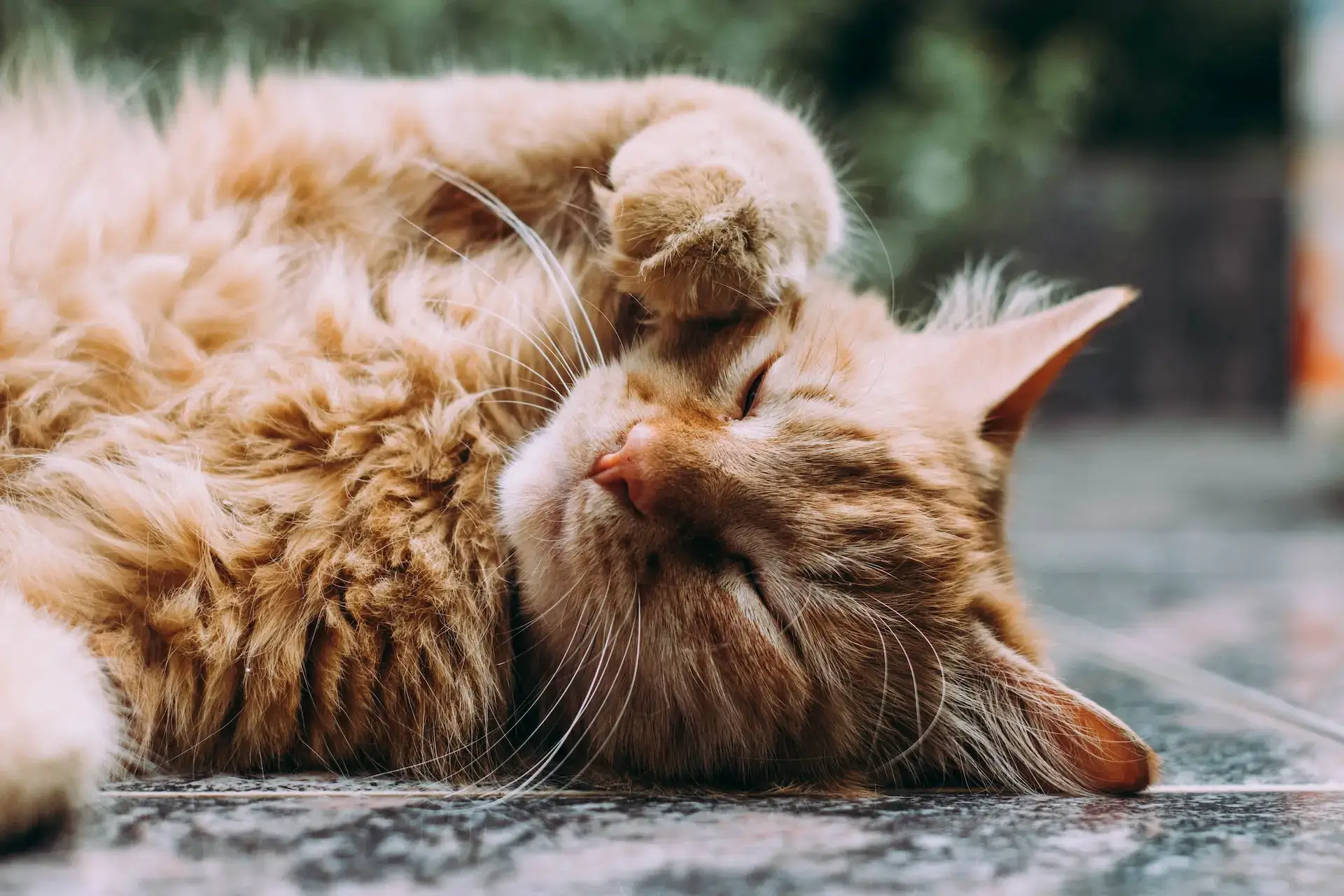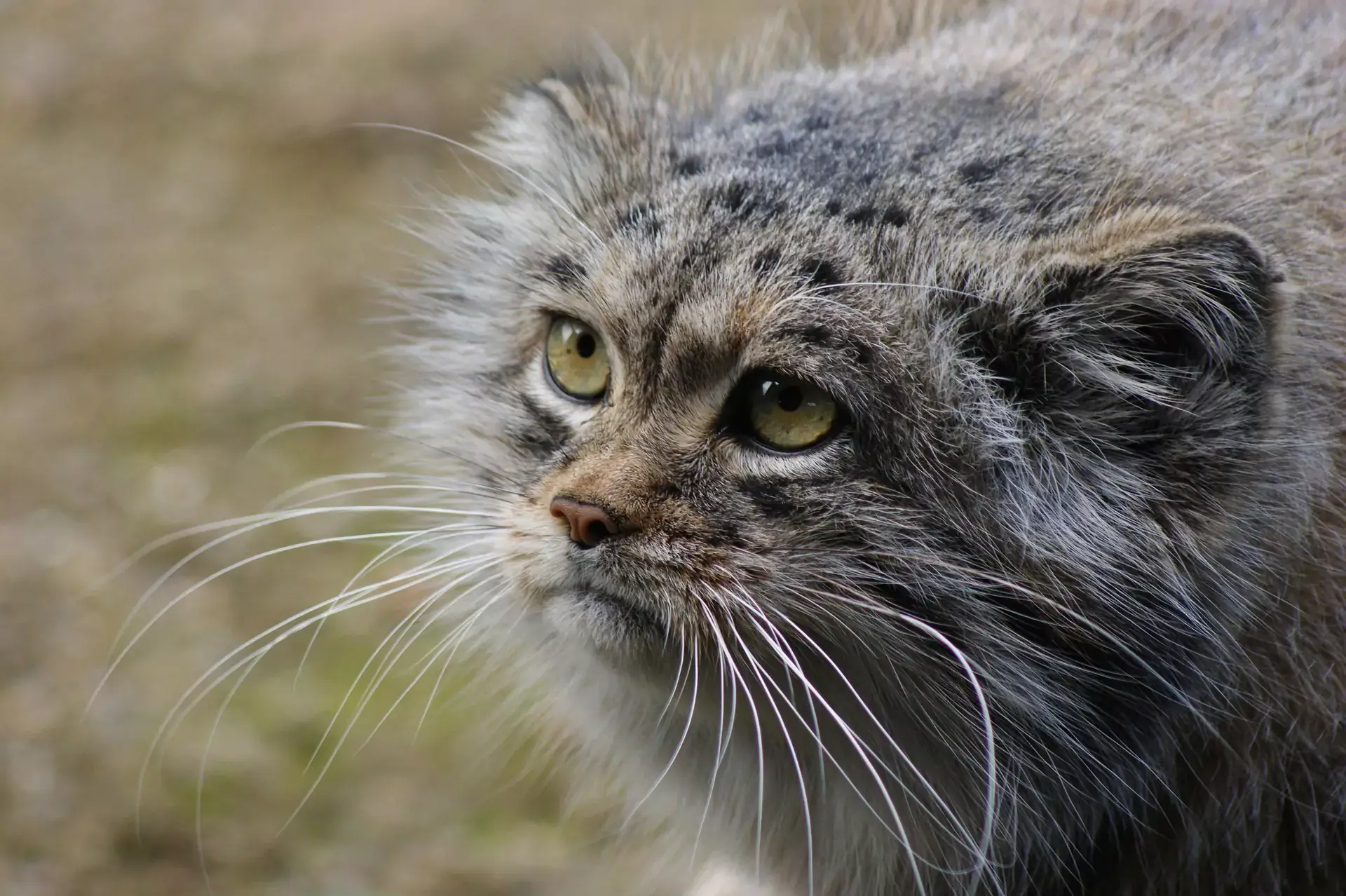Does your kitty get hairballs? We’re guessing the answer to that one is probably yes. Although hairballs may not be the most enjoyable subject, they are quite common among our feline friends. Below, a local Clinton, UT vet provides some helpful information.
What Are Hairballs?
There is an official scientific name for hairballs: trichobezoar. These are an unattractive drawback of what is otherwise a wonderful benefit of having a cat: Fluffy’s tendency to groom herself. Our feline pals are known for their cleanliness. Your adorable little diva may dedicate a significant portion of her active hours to grooming. Unfortunately, your pet will consume a portion of her own fur during this process.
Kitties have small hairs on their tongues, which are known as papillae. )This is what gives your pet’s little tongue that rough texture, which you may notice when she affectionately licks your hand.) Those hairs are positioned in a manner that aids in giving food a smooth one-way passage down her throat. Unfortunately, this means that any hair she swallows also ends up going that way.
What is the primary indication that a hairball is on the way? Retching and gagging. You may notice that your pet consistently makes the same (rather unappealing) sounds. Over time, you’ll likely become attuned to those distinctive noises, and be prepared.
You likely have a good idea of what comes next. Fluffy will vomit, choke, and then leave a rather unpleasant mess on the floor. (Or perhaps on your bed. Or perhaps in your shoe.) Let’s just say this isn’t the most pleasant aspect of owning a cat.
Can I Prevent Hairballs?
There are no guarantees, but there are several ways you can assist your beloved pet.
Hairball Preventatives
There are products available to help prevent hairballs. consult with your vet before giving your pet any supplements or products. Not every product will work for every cat.
Brushing
Brushing can be very effective. You’ll be catching the dead fur with a brush before Fluffy swallows it. In addition, this can also benefit your pet’s circulation. It’s actually a great way to get your kitty purring happily: many furballs absolutely adore being pampered. Another perk? Grooming is also beneficial for fostering a strong connection with your furry pal.
Here are some helpful suggestions for brushing Fluffy:
Wait until Fluffy is in a calm state. Start by just lightly petting her, following the natural flow of her fur. Be gentle! You don’t want to exert too much force. That will just get you scratched.
If Fluffy has knots in her fur that cannot be easily removed with a detangling brush, you may have to resort to clipping them out. It is recommended to use scissors with rounded ends. Another option to consider is a plastic letter opener, the type that resembles a credit card with a cut-out section.
When Fluffy decides she’s had enough, don’t force her to stay longer; just let her go.. You don’t want to push the matter. Attempting to make your kitty comply is a surefire method of getting some scratches. Plus, the next time you try to groom your pet, you’ll probably notice that she is suddenly much more resistant to being brushed! Also, remember to add heaps of praise and a tasty treat to sweeten the deal.
Jelly
In addition, your vet may suggest using a pet jelly that can be applied to Fluffy’s paw. She will lick it off during her beauty routine, providing a boost to her digestive system.
Fish Oils
Occasionally, you can treat your kitty to a can of tuna or sardines, as the oil in them can provide some benefits.
Hydration
It’s crucial to ensure that Fluffy remains well-hydrated. (This is also important for her overall health.) Consider getting her a small kitty fountain. A lot of Fluffy actually prefer drinking water that is flowing!
Ground Your Kitty
Lastly, keeping Fluffy indoors can also contribute to this. Cats that stay indoors experience fewer seasonal weather changes, which can help reduce excessive shedding. They also won’t get covered in dust and dirt. Keeping your furry pal indoors will provide her with a much safer environment, shielding her from potential dangers such as vehicles, wildlife, and harsh weather conditions.
Ask your vet for more information.
How Often Does Fluffy Usually Get Hairballs?
In an ideal world, your feline companion would only experience a hairball on rare occasions. However, for the majority of cats, it’s likely more frequent than you or your feline companion would prefer.
This may differ slightly from one cat to another. However, it’s quite common for Fluffy to have a hairball once every week or two. If your furball is experiencing them more frequently than that, speak to your veterinarian immediately. This could indicate an underlying issue that needs attention.
Can Wet Food Be Useful In Reducing Hairballs?
Wet food might be beneficial. Fluffy can digest wet food more quickly compared to dry food. However, there are several factors to take into account when determining whether you prefer to provide your feline companion with wet food, dry food, or a combination of both. Consult with your Clinton, UT veterinarian to get personalized help regarding Fluffy’s dietary needs.
What If Fluffy Is Unable To Expel Her Hairball?
Hairballs can sometimes result in severe medical complications. If the hairball becomes stuck in your pet’s system, it could lead to serious internal complications. Intestinal blockages and ruptures can cause severe pain and pose a serious risk to your feline pal’s life. Be vigilant for any indications of an issue that goes beyond the typical everyday hairball.
Here are a few examples:
- Dry heaving
- Excessive vomiting
- Bloody or frothy vomit
- Diarrhea
- Constipation
- Lack of Appetite
- Withdrawal
- Behavioral Changes
- Coughing
Contact your veterinarian immediately if you observe any of these. Some of these issues may suggest underlying problems with Fluffy’s gastrointestinal system, so it’s crucial to determine the cause as soon as possible.
Does Fluffy Choose Specific Spots To Leave Hairballs?
There is still ongoing debate about this. It’s of course not possible to conduct a formal survey among our feline companions, but it wouldn’t be surprising if Fluffy occasionally expresses herself via targeted offerings.
Are Long-Haired Kitties More Prone To Hairballs Compared To Shorthaired Cats?
It seems so. Maine Coons and Persians, for example, are especially susceptible to them. However, cats with short fur could have remarkably dense coats, which would also make them more susceptible to the formation of hairballs.
If Fluffy has long hair, we recommend brushing her on a regular basis. This will also aid in avoiding snarls and tangles. If Fluffy tends to get hairballs, it might be helpful to invest in a specialized de-tangling brush.
Conclusion: Although they are not the most pleasant aspect of having a feline companion, hairballs are a common occurrence for cat owners. Concerned owners can take steps to minimize the occurrence of hairballs. It’s also important to be aware of the signs that may suggest a more severe underlying issue.
Book an Appointment at Your Clinton, UT Veterinary Clinic
Do you need any assistance regarding Fluffy’s health or care? Don’t hesitate to reach out to us whenever you need. As your Clinton, UT pet hospital, we are here to assist you!



